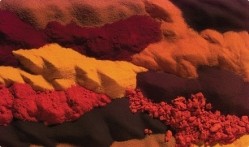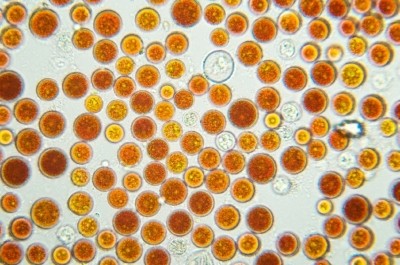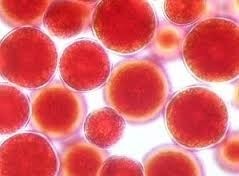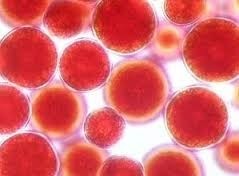DSM elbows into astaxanthin market with synthetic ingredient

DSM touts the ‘nature identical’ ingredient’s purity and safety profile. The evidence of the ingredient’s safety is extensive and as it was developed to support a food color additive petition, it goes beyond that of other forms of astaxanthin in the market, the company says.
“When we hear some competitors say a synthetic product is not safe, we respond that we set the standard on safety,” Anthony Palmieri, head of marketing and business development for the human nutrition segment told NutraIngredients-USA.
Regulatory status questions
The regulatory status of the various forms of astaxanthin available in the market has been a contentious issue of late. Companies that derive their ingredients from algae, such as Fuji Health Sciences, Cyanotech and Algatechnologies, have filed New Dietary Ingredient notifications and/or GRAS notifications on their ingredients. Claims have been made that synthetic ingredients trade upon those regulatory efforts.
Competitors have also alleged that the safety of these synthetic forms is unknown, because the manufacturing details and specifications of each ingredient remain proprietary to the company that filed the NDI notification, and therefore follow on companies cannot be certain that their ingredients are truly identical.
And in what is really more of a question of adulteration rather than regulatory status, allegations have also been made (not about DSM’s ingredient per se) that some synthetic versions in the market appear to be poorly made and contain high levels of contaminants.
Color additive petition
DSM’s synthetic astaxanthin, branded as AstaSana, is a form which up until now has been approved as a color additive in the feed given to farmed salmon and trout. The company’s position is that this document from 1995, which set the limit for the inclusion of the ingredient at 80mg/kg of feed given to fish, means de facto the ingredient was approved for human consumption, as the colorant is concentrated in the fish flesh eaten by humans. Therefore it follows that a dietary supplement application also falls within the guidelines, the company says.
“We don’t believe an NDI notification is necessary because the ingredient has already been approved as a food additive,” Palmieri said.
“It is an approved food additive and we believe we are compliance with the letter of the DSHEA law,” said Georges Bergen, senior manager of regulatory affairs.
As far as the ingredient’s safey is concerned, Bergen said the company performed an exhaustive battery of tests to support the food additive petition. These included a full suite of toxicity studies, including both chronic and subchronic data, and were performed on three species of animals: mice, rats and dogs. This latter is unusual, Palmieri said, but was conducted because of the company’s commitment to safety.
“FDA will never turn down more data,” he said.
Ample supply
The company says one of its advantages is an ability to ramp up supply to meet demand. Demand for astaxanthin has been rising in recent years and spiked by as much as an order of magnitude following a mention on the Dr Oz show a couple of years ago. As has been the case with some other ingredients, that quick rise in demand opened the door for some less scrupulous suppliers to enter the market. DSM says reliable supply is one of the strong points it brings to the market, as it can fairly easily increase output at the facility in Switzerland where the ingredient is made.
“We are hoping we can drive growth in the market. Capacity is not an issue for us,” Palmieri said.
Antioxidant activity
Recent scientific evidence suggests that astaxanthin’s strong antioxidant protection complements the performance of other antioxidants in dietary supplements, making it an appropriate addition to eye, heart, skin and immune health formulations. Astaxanthin has a unique molecular structure that allows it to insert itself across the cell membrane bi-layer. In this position, astaxanthin can intercept reactive oxygen species (free radical molecules) and limit damage to cells. This positioning also allows astaxanthin to complement the activities of other antioxidants, which are located at the surface of cell membranes to protect cells from harmful oxidation.
















